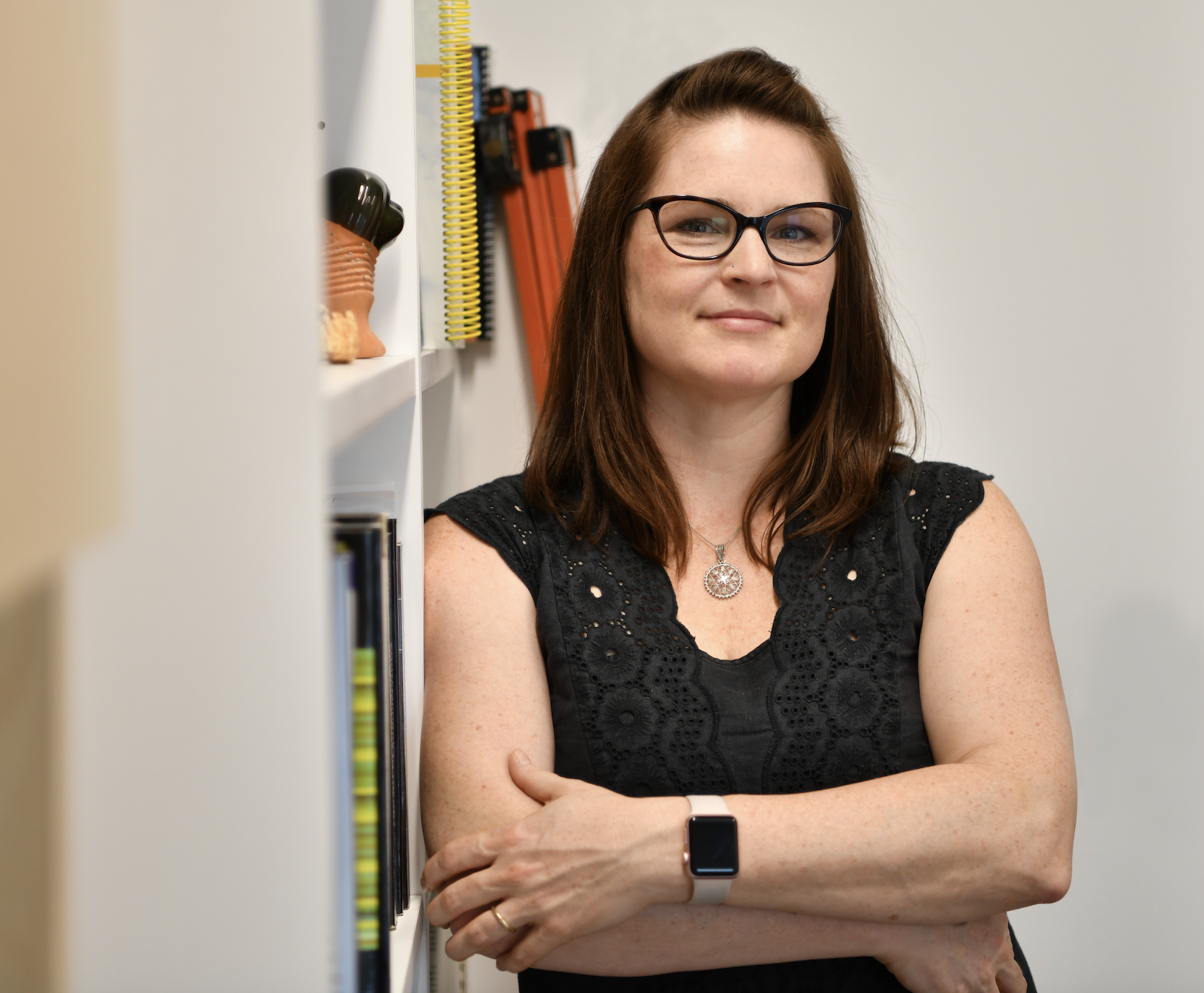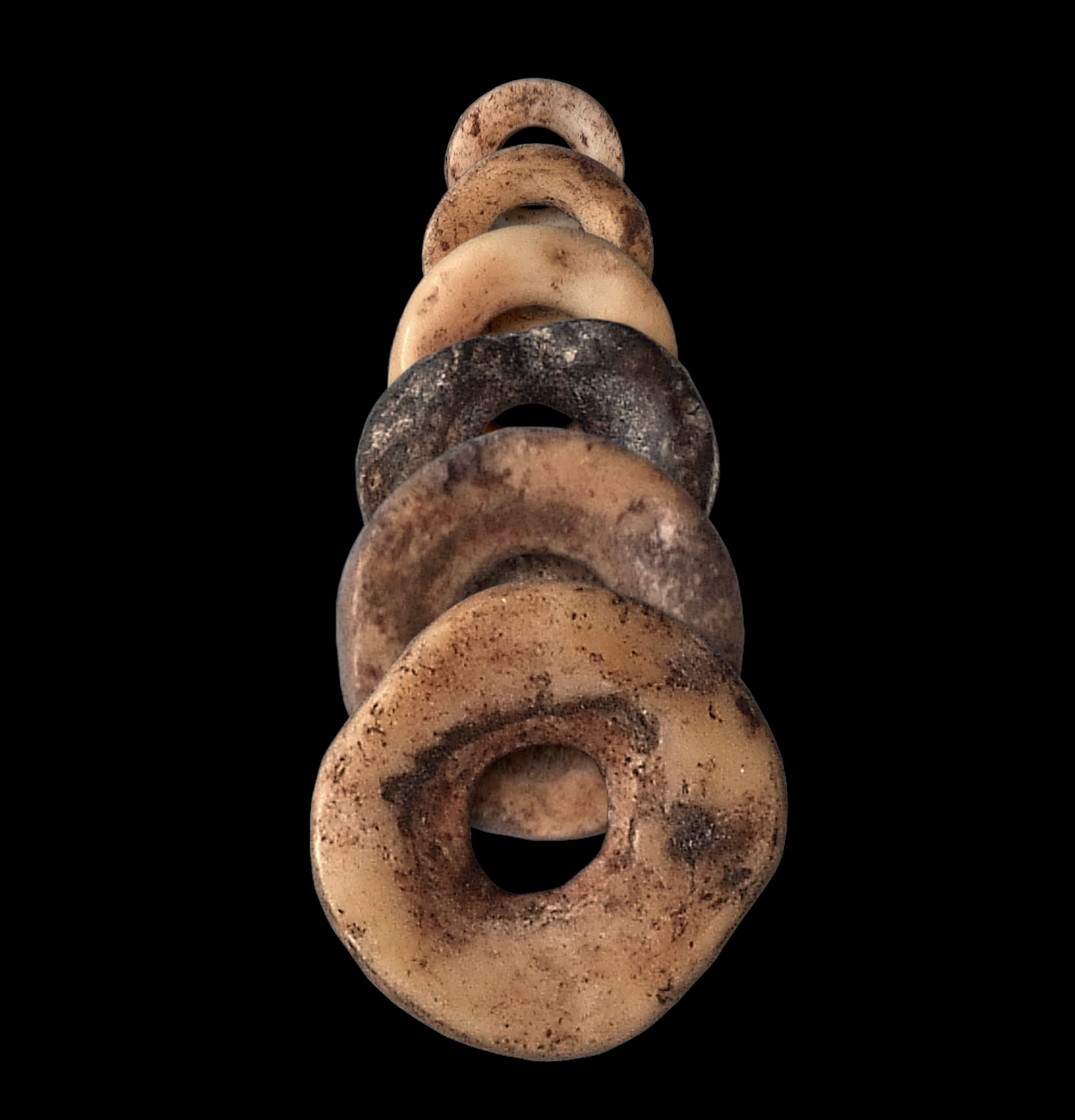
Department of Anthropology
🎙 Tell us about yourself?
I am a bioarchaeologist whose research addresses the origins and development of modern human behaviour in southern Africa. My research program involves identifying archaeological evidence for social and technological innovations, and their palaeoenvironmental contexts. A technological innovation that I have published on is the use of ostrich eggshell flasks to navigate African desert environments by 70 ka. This artefact reflects our species unique behavioral flexibility within Africa, which has ultimately allowed for the rapid expansion through and ‘out of Africa’. My colleagues and I have recently published geochemical evidence for the development of social risk reduction strategies at least 33,000 years ago. That study used strontium isotope analysis to show that ostrich eggshell beads had travelled over 500 km up to Sehonghong Rockshelter where they were retrieved.
🎙 What are your research interests & what are you currently researching?
My research lab uses zooarchaeological methods and isotope analyses to identify human and faunal bone, teeth, and ostrich eggshell from archaeological sites, to recreate palaeoenvironmental contexts and identify hunting strategies. I am currently a Co-PI with Dr Brian Stewart (U of Michigan) on two large multidisciplinary archaeological excavation projects at Pleistocene rockshelters in Lesotho and South Africa: Sohonghong and Ha Soloja in the highlands of Lesotho; and Spitzkloof A and Spitzkloof B in the coastal desert of Namaqualand, South Africa. I am also the zooarchaeologist on the Metolong Dam project in Lesotho, run by the University of Oxford.
🎙 What is the significance of your current research?
This research contributes multiple palaeoenvironmental records with good chronological control from poorly studied regions in Africa: highlands and drylands. Through integrating multi-proxy datasets that span the Pleistocene and Holocene, we are developing robust palaeoenvironmental records for the Namaqualand Desert and Maloti-Drakensberg Mountains of southern Africa during periods when populations adapted to major global climate shifts.

🎙 Any interesting insights/results so far related to your research?
My colleagues and I have recently published geochemical evidence for the development of social risk reduction strategies at least 33,000 years ago. That study used strontium isotope analysis to show that ostrich eggshell beads had travelled over 500 km up to Sehonghong Rockshelter where they were retrieved.
🎙 What aspirations do you have for your research? How do you see it being utilized?
My research is used to create robust regional palaeoenvironmental signals for Africa over the past 80 ka. In combination with archaeological material, we can reconstruct how people changed subsistence strategies or innovated technological or social solutions to local climate change.